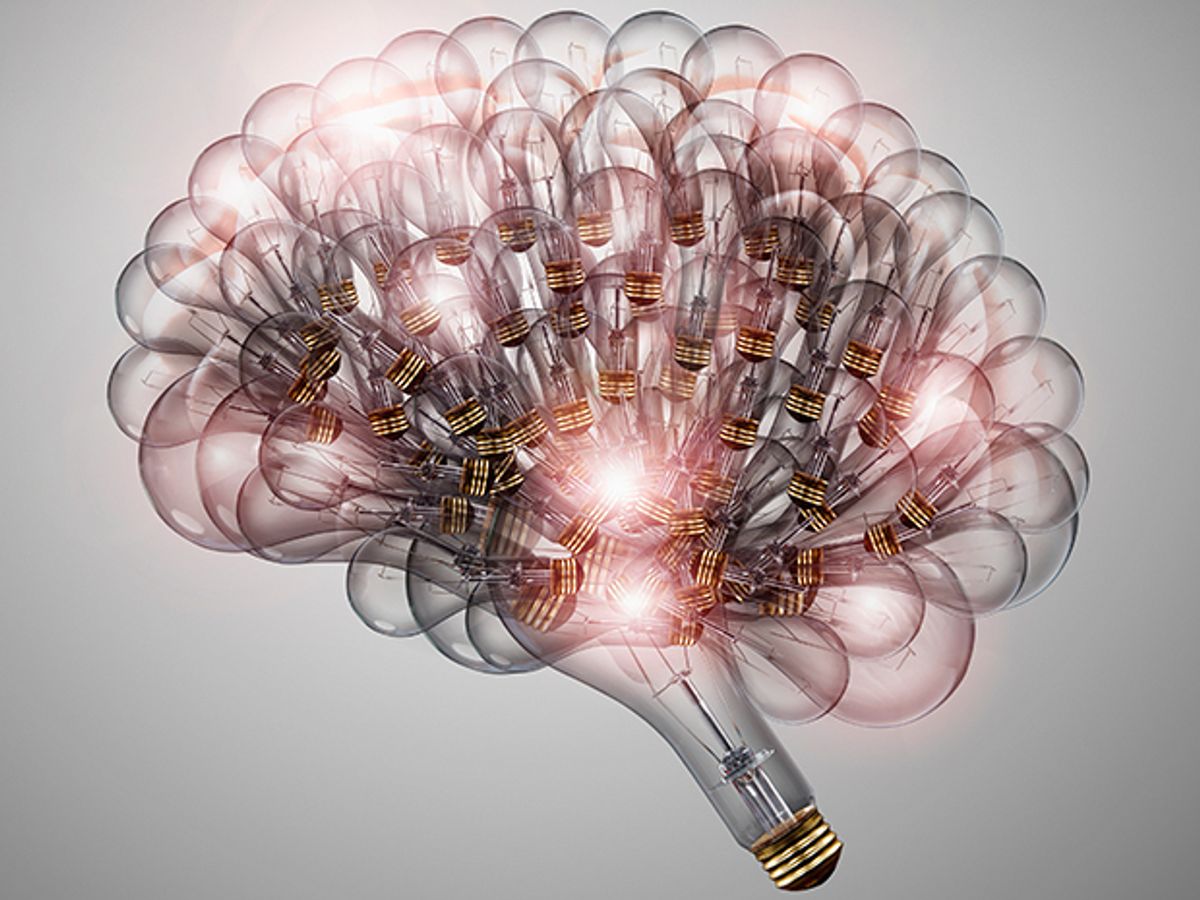The U.S. Department of Energy will explore whether artificial intelligence could help electric grids handle power fluctuations, avoid failures, resist damage, and recover faster from major storms, cyberattacks, solar flares and other disruptions.
A new project, called GRIP, for Grid Resilience and Intelligence Project, was awarded up to $6 million over three years on September 12 by the U.S. Department of Energy. GRIP is the first project to use artificial intelligence (AI) to help power grids deal with disturbances, says Sila Kiliccote, GRIP's principal investigator and director of the Grid Integration, Systems and Mobility lab at the SLAC National Accelerator Laboratory in Menlo Park, Calif.
GRIP will develop algorithms to learn how power grids work by analyzing smart meterdata, utility-scale SCADA (supervisory control and data acquisition) data, electric vehicle charging data, and even satellite and street-view imagery.
"By looking at satellite and street-view imagery, we can see where vegetation is growing with respect to power lines, how long it takes to grow, and anticipate what the effects of high winds might have on that vegetation, such as pulling trees onto power lines during storms," Kiliccote says.
The aim with GRIP is to address three different kinds of problems. "First we need to anticipate and get in front of grid events," Kiliccote says. "Next we'd like to minimize the effects of grid events when they do happen. Finally, after the event ends, we'd want to bring systems back as quickly as possible."
GRIP's first year is devoted to anticipating grid problems. Predictive analytics will help identify places where the electric grid is vulnerable to disruption so it can be reinforced, Kiliccote says.
The second year will aim to help grids absorb disruptions. For instance, a grid can be divided into virtual "islands," or micro-grids, that can be isolated to prevent a power disruption from spreading and taking down the entire grid.
The third year will focus on helping grids recover from events. "Ultimately, we'd like to see a grid that can run on its own, an autonomous grid like an autonomous car," Kiliccote says. "However, unlike autonomous cars, an autonomous grid will need to be able to handle additional components added to it while it is still running."
GRIP's partners not only include universities, but also utilities around the country and companies such as Tesla Motors. Some of the first places the project will test its data analytics platform are Southern California Edison, a leader in smart metering, and Packetized Energy, which helps grids manage distributed energy resources.
"One of our largest partners is the National Rural Electric Cooperative Association (NRECA), which represents more than 800 cooperatives that supplies electricity to something like 42 million people in 47 states," Kiliccote says. "The knowledge and tools we develop in GRIP could easily be adopted by NRECA's member coops."
Another GRIP partner, Lawrence Berkeley National Laboratory, will deploy and validate control systems it has developed for solar inverters that automatically convert the variable direct current from solar cells to alternating current that is fed into power grids. The aim is to help create power grids that can automatically reconfigure themselves to best use distributed energy resources such as wind and solar in ways that maximize reliability during both normal and emergency operations.
"Once we build our data analytics platform, we'll make it open source so a lot of academics can develop tools they can test on the platform," Kiliccote says. GRIP will run its AI systems on a currently unnamed partner's computing clusters, she says.
Charles Q. Choi is a science reporter who contributes regularly to IEEE Spectrum. He has written for Scientific American, The New York Times, Wired, and Science, among others.



